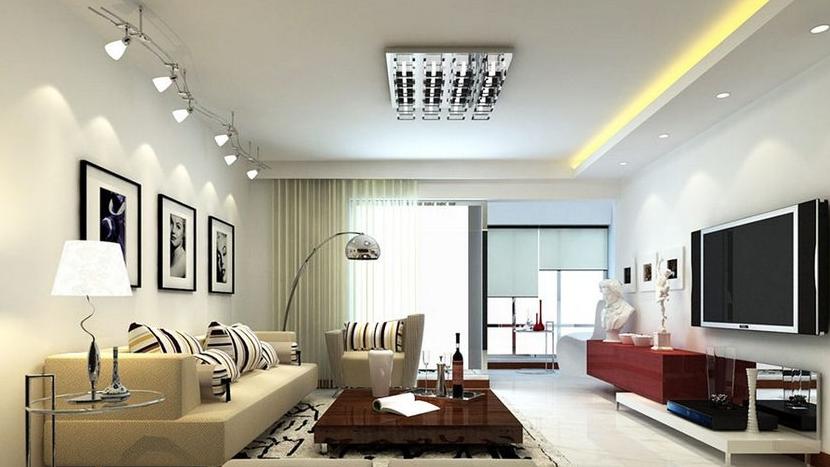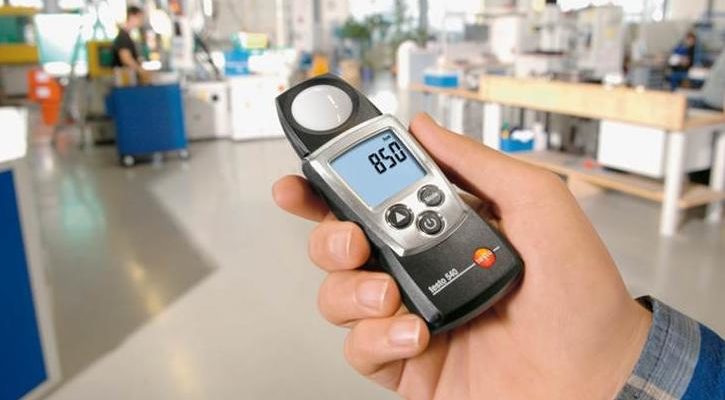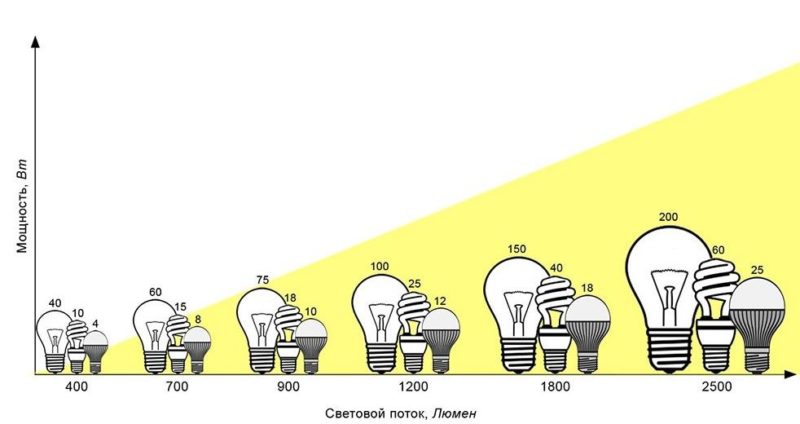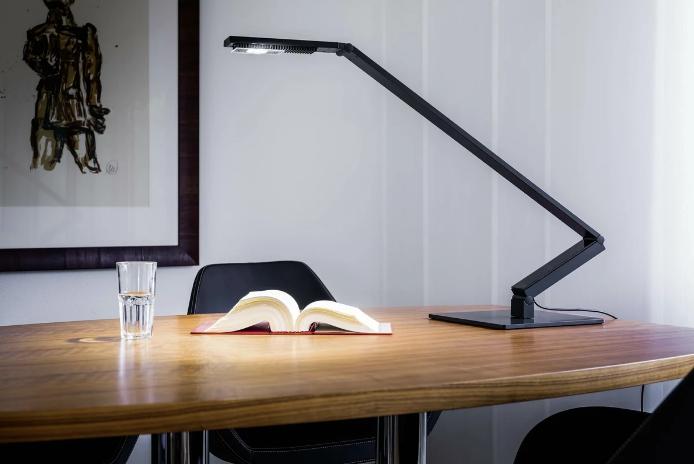Light intensity measurement - description and meaning
Light intensity is important for both working and living areas. Human beings perceive most of their surroundings through their vision. Good lighting therefore has a major impact on how quickly information can be assimilated and how pleasant people feel when they are indoors. If the light is too dim, the eyes quickly tire, and if it is too bright, it creates eye discomfort. When choosing the optimum intensity, a number of parameters must be taken into account, and it is also important to monitor the values with the help of special equipment.

What is the light intensity
Determining the parameters is complicated by the fact that the formula for light intensity is complex to calculate and can not be used as the only indicator. Therefore, several important aspects must be considered at once to obtain data that will help determine the suitability of the lighting parameters. At home, you can also start from your own preferences to create a comfortable environment. In the workplace, it is necessary to clearly observe the regulations in order to create comfortable working conditions.
Light intensity is a term that combines luminous flux, luminance, light intensity, color temperature etc. Each value can be calculated separately.
A certain light intensity can be taken as a reference, which creates ideal conditions for work or rest. In this case, the light test should be based on the chosen option.
How and in what light intensity is measured
Since the intensity of incident light is assessed by more than one criterion, it is necessary to understand the most important indicators. There is nothing complicated about it, the main thing is to determine the main characteristics that are most important. Such parameters are used:
- Light intensity - The light energy that propagates from any source in a certain direction. This parameter is used in physics and other sciences in experiments with light waves. The unit of measurement is candela. The reference is the flame of a single burning candle, which has a luminous intensity of approximately 1 candela.
- Light intensity is another important criterion which differs from one light sources. This affects the creation of a comfortable environment. It is measured in candelas, but there are also other units of measurement - lambert, apostilb and stilb. Brightness is important for video and still photography, and polarizers are used to obtain high quality images in low light conditions.
- Illuminance is the ratio of the luminous flux coming from the luminaire to the area of its propagation at a certain angle. Most often regulate the horizontal illumination, because it is of greatest importance for comfortable working and rest conditions. This is of great importance and the density of light, that is, it must be distributed throughout the area equally, with no darkened and too bright places. The basic unit of measurement is lux.
The most important criterion is the last one, because it affects human vision the most. To determine the indicators use such a device as a luxmeter.

It consists of a light receptor and a measuring module, which can be both analog and electronic. The light receptor uses a photocell, which senses waves of a given amplitude visible to the human eye. It converts them into an electrical signal, which is displayed on the screen.
In essence, it is a photometer with a well-defined spectral sensitivity range, which reacts only to waves of a certain length. The analyzer can measure both ordinary light and infrared radiation, all depending on the settings.
When taking measurements, it is important to observe certain conditions. For example, in the workplace the illuminance is checked at the level of the tabletop. General lighting should be monitored in several places of the room or workshop to make sure it is evenly distributed.
Luminous flux density and power
These terms are often used to define light quality. Since interpretations vary, it is sometimes difficult to know what is meant by these metrics. It's quite simple:
- Light density is the ratio of luminous flux to its area of propagation. This parameter is also called brightness and is measured in candelas per square meter. The index affects the visual perception of the situation in the room, as it is important that lighting is comfortable, which density must fall within a certain range. At the same time, the luminous flux with brightness exceeding 500 Cd/sq.m. creates discomfort for vision.
- The power of the luminous flux determines the effect of visible radiation on visual perception. The unit of measure is the lumen, and the total value is taken into account regardless of the direction of illumination. That is, a lamp with the same luminous flux can illuminate an area of 10 or 100 square meters. Therefore, it is much easier and more convenient to judge by the illumination indicators, as when using designs with a high-quality reflector can create comfortable conditions with less energy consumption.
To provide the necessary power fixtures designs are often equipped with diffusers, and the surfaces inside make reflective. This allows the entire light flux to be directed to a limited space, which increases its intensity and saves electricity. The Fresnel lens works on a similar principle, as well as the optics used in projectors and other equipment.

By the way! The standard 75 watt incandescent bulb has 935 Lumens, the 75 watt halogen version has 1100 Lumens. A 35 watt fluorescent has 3,300 lumens and a 9.5 watt LED has 800 lumens.
Comfortable lighting intensity
Comfort lighting requires compliance with a number of requirements. At the same time this parameter cannot be unified, because people have different preferences, and the performance of different types of work requires different conditions. The most comfortable for any person is the light of the sun, and it is this spectrum and guided in the planning of artificial lighting.
The closest to the natural radiation is the light of conventional incandescent lamps, which is formed by a glowing spiral. But because of the high power consumption, strong heating during operation, short life, they are used less and less.
An important parameter is light temperatureThere are three different varieties:
- Warm light has a yellow hue and is suitable for creating an environment conducive to relaxation and rest. It is most often used in living rooms.
- Neutral light Has a high brightness, also called white. Suitable for workplaces as well as areas where good visibility is important, such as the work area in the kitchen.
- Cold light is characterized by the predominance of blue rays in the spectrum. It is suitable for places where precision work is performed. It should not be used at home, because staying in a room with cold light makes your eyes tired for a long time.
Video on the topic: How to measure the degree of light in the room using a smartphone.
In order not to measure the degree of light, when choosing fixtures and light bulbs, it is easiest to be guided by the established norms. In living areas, it is worth adhering to these indicators:
- Corridors and hallways - 50 lux.
- Bathrooms, showers, bathrooms - 50 lux.
- Kitchens - 150 lux.
- Children's rooms and play areas - 200 lux.
- Living areas (living rooms, bedrooms, etc.) - 150 lux.
When choosing lamps you should pay attention to the peculiarities of luminous flux distribution. The most comfortable is diffused or reflected light. To highlight functional areas or to provide quality lighting in the workplace, it is better to use additional lights.

You can change the intensity of light by replacing lamps or installing new fixtures. Do not skimp on the quality of lighting, because it affects not only the perception of the rooms, but also on the comfort of staying in them.
